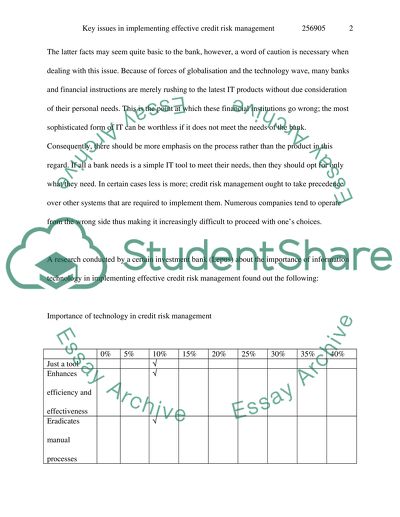Cite this document
(Credit Risk Management Coursework Example | Topics and Well Written Essays - 2000 words, n.d.)
Credit Risk Management Coursework Example | Topics and Well Written Essays - 2000 words. Retrieved from https://studentshare.org/finance-accounting/1506914-credit-risk-management
Credit Risk Management Coursework Example | Topics and Well Written Essays - 2000 words. Retrieved from https://studentshare.org/finance-accounting/1506914-credit-risk-management
(Credit Risk Management Coursework Example | Topics and Well Written Essays - 2000 Words)
Credit Risk Management Coursework Example | Topics and Well Written Essays - 2000 Words. https://studentshare.org/finance-accounting/1506914-credit-risk-management.
Credit Risk Management Coursework Example | Topics and Well Written Essays - 2000 Words. https://studentshare.org/finance-accounting/1506914-credit-risk-management.
“Credit Risk Management Coursework Example | Topics and Well Written Essays - 2000 Words”, n.d. https://studentshare.org/finance-accounting/1506914-credit-risk-management.


